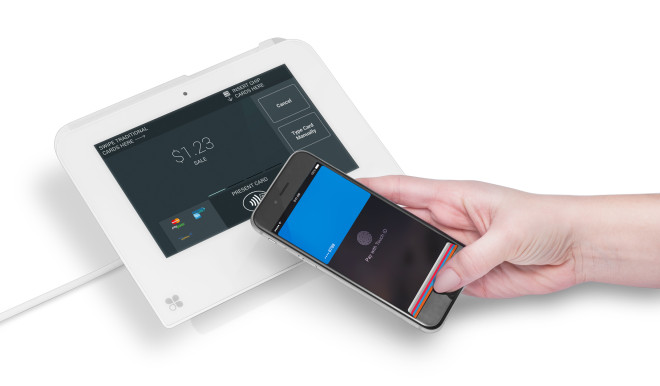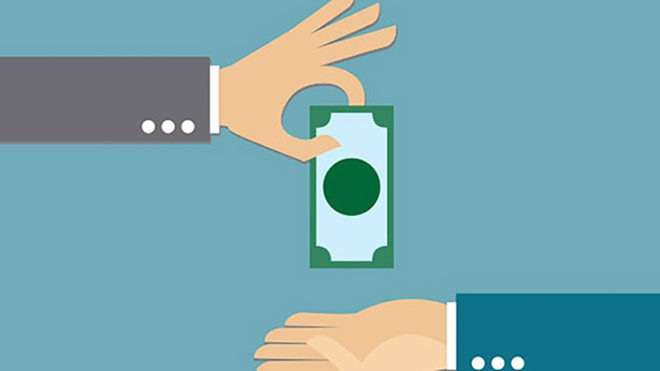What’s the Difference between a Void and a Refund?
If possible, it’s always better to void than refund.

Let’s set the stage first.
Every time a sale processes, there are two unique steps. The first step is the authorization, which happens in real-time. The moment a card is swiped/dipped/keyed-in, the issuing bank of the customer’s card is contacted, and an authorization is generated. The card is either approved, or it’s declined. Assuming it’s approved, then this sale is authorized and ready to be processed! Most businesses will authorize many sales every day, and once authorized, the sales “sit” in your terminal/gateway until the end of the day.
The second step is known as the capture. This step takes place at the end of the day. All authorized sales from the day are sent to us at Dharma for processing, and this step is known as settlement, batching, or capturing the previously authorized sales for processing. Once a sale is captured, it’s fully processed – you get paid for the sale, and your customer sees the funds debited from their associated bank account.

So, what’s a VOID?
When you VOID a sale, you’re preventing the sale from being captured. In essence, you’re simply removing the authorized sale from the list of sales to be captured later. So – if you have ten processed sales today and realized that one of them was a mistake, you can simply void it! By voiding the sale, you prevent it from being sent in for processing – now your list of sales sent for capture will only include 9 transactions. So, the customer will still see the authorization on their credit card, but they will NOT be charged for the sale, since you voided the sale. After a few days, the authorization will “fall off” of the customer’s card, and they’ll never be charged. And, you aren’t charged for the sale since you never submitted it for processing! All you pay is the per-authorization fee (typically $0.10).
The one big caveat to voiding sales is that you must void a transaction before settlement. Once you settle your sales, they’re sent for processing, and you are unable to void anymore. That’s where a refund comes into play.

What’s a Refund?
Once you “settle” or “capture” your sale – that’s it! The sale is processing, and there’s no turning back. Per Visa/MC guidelines, the only way to cancel or undo a mistaken sale is to process a refund (also known as a return). In a nutshell – when you process a refund, you’re processing an offsetting sale for the customer. This is OK, and it’s the expected process for customers. However, there are a few consequences of running a refund that you should be aware of:
- You’ll still pay for the original sale. It processed, your customer was debited, you were paid, and the customer could still dispute that sale. So, you’ll still pay fees on the original transaction.
- Your customer’s funds will be tied up. Unlike a void where you essentially cancel the sale, a refund is processing a second, offsetting sale. So, your customer will FIRST get debited the original sale amount, then later, AFTER the refund processes, they’ll see an equivalent credit in their account. This delay can sometimes be frustrating for customers.
Due to the above limitations, we always recommend voiding if possible! Not only will you save money, but you’ll likely keep your customers happier, too!